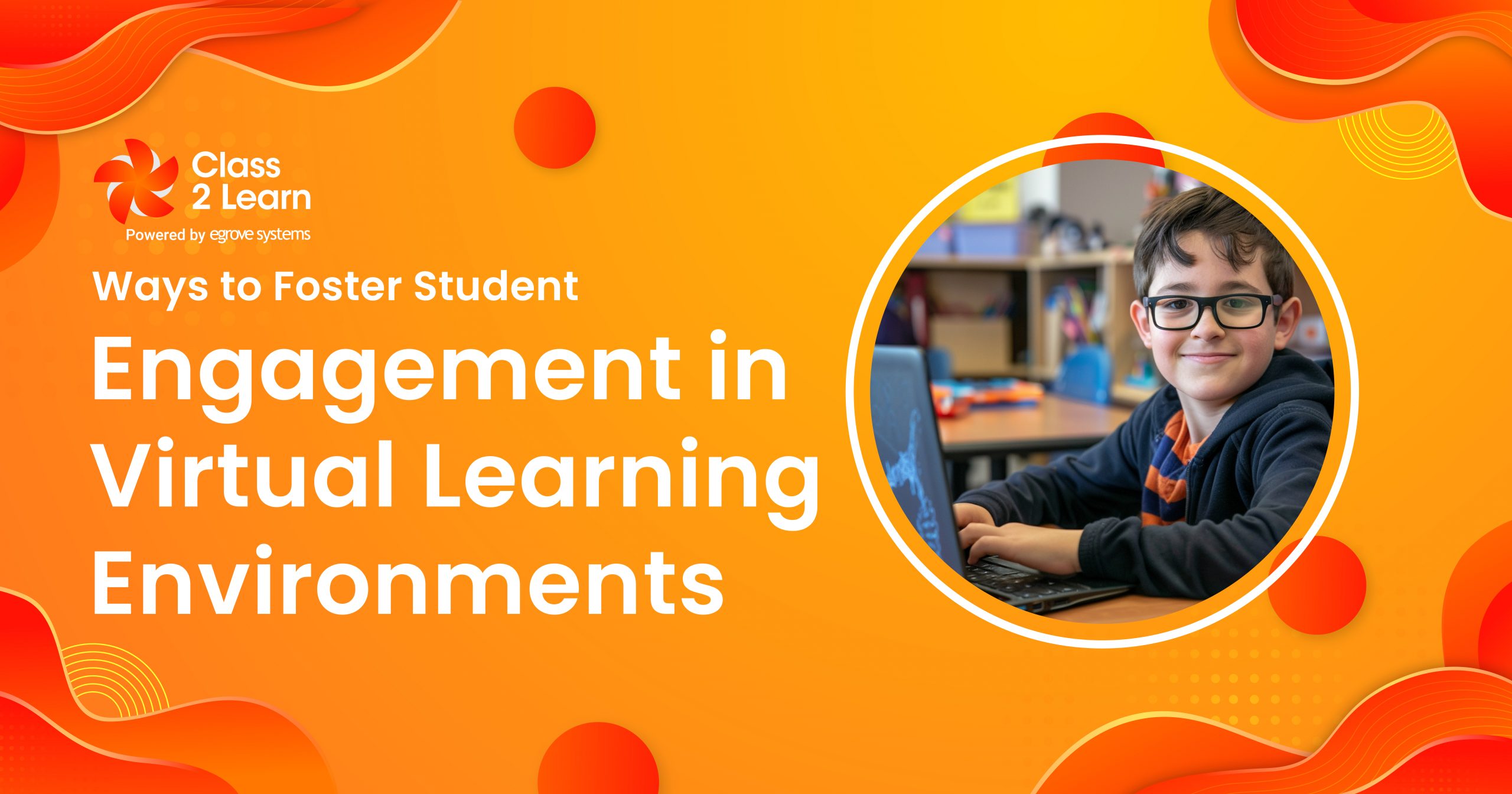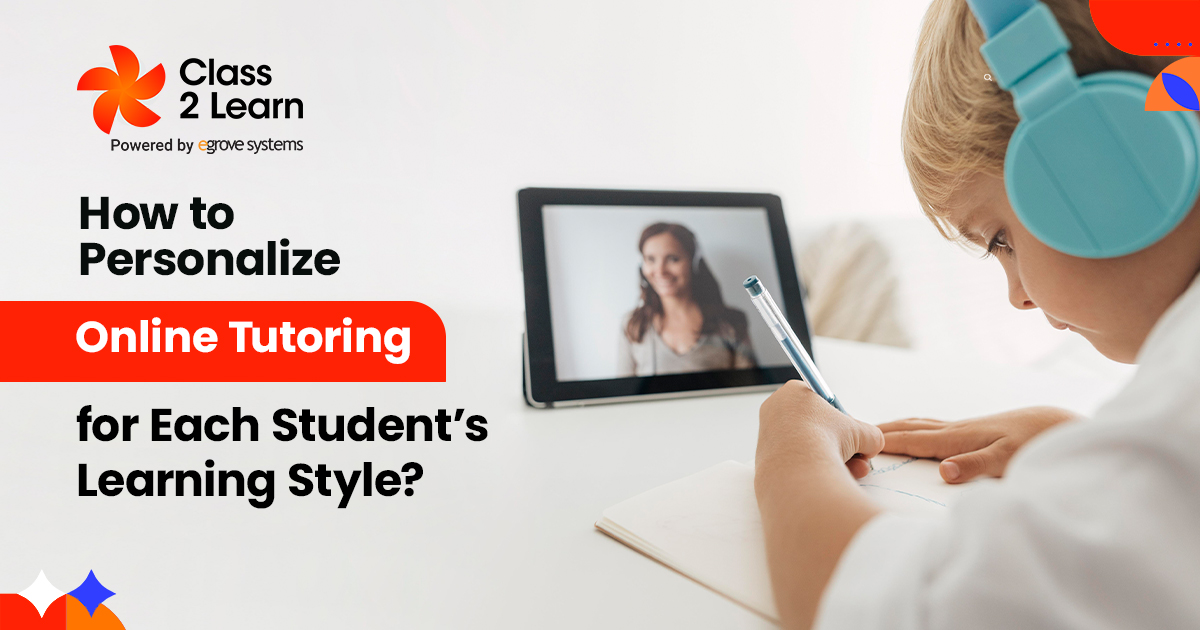“Online classes” have become a household name after the pandemic, when educational institutions across the globe switched to the virtual mode of teaching and learning to maintain social isolation during COVID times. Today, millions of learners and lecturers have found great potential in this new mode of learning, so much so that many institutions have implemented the digital mode of learning completely or partially into their course structures and modules.
Now, school-goers, college students, and lecturers prefer this virtual education mode more than physical classes since it saves time and money commuting to an institution. As a result, one doesn’t have time and location barriers; students can log into their classes with just a mouse click from the comfort of their homes!
Looking at the huge popularity and demand for implementing more remote learning modules in various courses worldwide, we can safely say that it has enormous potential in the years to come. Now, school-goers and college students have an added learning channel, which they can club with physical classes or eliminate the traditional mode of disseminating education altogether.
Using Technology to Improve Your Learning Processes
Technology is vital in creating a positive environment to facilitate smooth training and learning. For instance, the CAS (computer-assisted instruction) technology can help lecturers to take them through interactive software applications, thus offering more collaborative and engaging learning experiences compared to physical classrooms.
Some of the commonly used technologies for e-learning include –
- A reliable and stable computer system
- High-quality audio and visual technologies
- Interactive communication platforms
- The option to record training videos and sessions
- IT support service options and tools
- Additional computer screens or devices to maintain continuity and uninterrupted teaching experience.
Benefits of Online Classrooms
Virtual classrooms come with a vast range of advantages for learners and professors alike, including –
- Schools and other educational institutions can adapt to a virtual classroom interface quickly, thus being able to adjust during crises or emergencies.
- Institutions are better equipped to provide better accessibility and flexibility.
- Schools can real-time students’ performances and track their learning progress online.
- Students can keep up with their courses and syllabus by connecting with their lecturers on the go, even after the classes are over.
What’s in Store for Online Education in the Future?
Looking at such rapid adoption of remote learning, especially under circumstances when institutions had to make quick decisions and implement this new method fast, we can say virtual learning has a promising future. Let’s look at the future scope of virtual learning and remote technologies, including movie educational apps, virtual reality or VR, learning analytics, collaborative learning platforms, and other innovative approaches and tools.
Social Learning is Vital
The harsh truth is online learning can be isolating in nature since face-to-face conversations and physical classroom collaborations are not involved. Forward-thinking organizations focus on social learning approaches while designing effective e-learning courses and programs.
Therefore, there is an urgent need for social learning that encourages collaborations with batchmates to promote better classroom environments. If done right, a hybrid learning module of social and online learning can boost classroom engagement, organizational performance, sharing of great ideas to solve complex problems together and increase better job opportunities.
Flexibility is Key
Similar to remote working, virtual learning can save time and costs of travel and space. It not only enhances productivity by reducing unnecessary travel time but also helps improve one’s morale as trainers and learners conduct or attend classes from their homes. Both working and learning from home offer flexibility, which is necessary to boost one’s positive mental attitude, thus improving academic performance.
Mitigating Health and Safety Risks
In traditional teaching methods, the teachers and students were required to visit a study institution, which increased health and safety risks, especially during the pandemic. When governments were strictly advising us not to step out of our homes, education would have almost taken backstage if various companies had not launched applications like Google Classroom, Zoom, Blackboard, Flipgrid, ClassDojo, Microsoft Teams, etc. These new-age remote learning technologies saved the sinking ships of educational institutions when we were forced to stay back inside our homes.
Therefore, virtual learning has definitely played a huge role in maintaining social distancing norms, thus breaking virus chains significantly. Apart from COVID times, lecturers and learners can attend classes even when they cannot attend in-person classes due to sickness. Besides, online classes help mitigate travel risks, such as road accidents.
Facilitates Continuity in Learning
One cannot afford to miss classes that may be life-changing in one’s career development. Virtual learning technologies ensure that no one misses another class due to barriers like geographical location and travel time. Some institutions even record their classes to help students catch up if they miss classes any day.
Improved Infrastructure is Necessary
Despite the advantages stated above, a major drawback that can break an online course is slow Internet speeds and poor networks. Organizations need to ensure that the virtual classroom platform they are implementing ensures smooth operations throughout. At the same time, institutions should invest in strengthening the internet signals of their staff.
Final Words
In recent times, remote learning has been picking up speed and has the potential to replace traditional teaching modes. Businesses in the educational sector are developing smarter ways of teaching and learning methods that are entirely online-based. Similar to the continuity or hybrid work-from-home models, learn-from-home will soon be the new normal. With a growing demand for engaging and more reliable online training, that day is not far when going to schools and colleges becomes optional!





Add comment